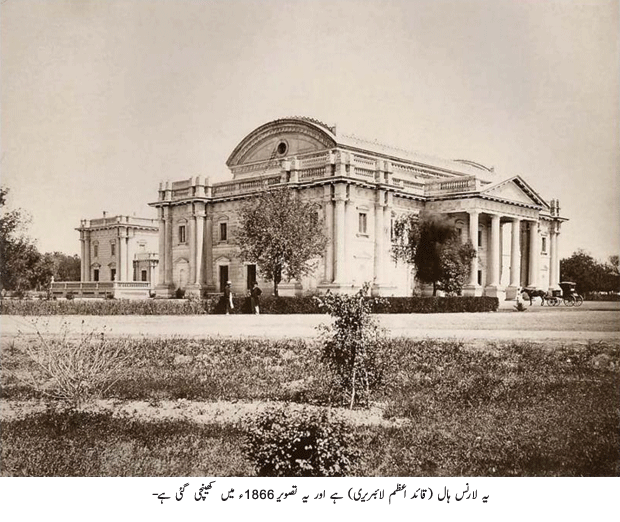laurance hall 1866

The New Orleans Massacre of 1866 occurred on July 30, during a violent conflict as white Democrats, including police and firemen, attacked Republicans, most of them black, parading outside the Mechanics Institute in New Orleans. It was the site of a reconvened Louisiana Constitutional Convention. The Republicans in Louisiana had called for the Convention, as they were angered by the legislature's enactment of the Black Codes and its refusal to give black men the vote. Democrats considered the reconvened convention to be illegal and were suspicious of Republican attempts to increase their political power in the state. The massacre "stemmed from deeply rooted political, social, and economic causes,"[2] and took place in part because of the battle "between two opposing factions for power and office."[2] There were a total of 150 black casualties, including 44 killed. In addition, three white Republicans were killed, as was one white protester.[3]
During much of the American Civil War, New Orleans had been occupied and under martial law imposed by the Union. On May 12, 1866, Mayor John T. Monroe was reinstated as acting mayor, the position he held before the war. Judge R. K. Howell was elected as chairman of the convention, with the goal of increasing participation by voters likely to vote Republican.[4]
The massacre expressed conflicts deeply rooted in the social structure of Louisiana. It was a continuation of the war: more than half of the whites were Confederate veterans and nearly half of the blacks were veterans of the Union army. The national reaction of outrage at the Memphis riots of 1866 and this riot nearly three months later led to Republicans gaining a majority in the United States House of Representatives and the Senate in the 1866 election. The riots catalyzed support for the Fourteenth Amendment, extending suffrage and full citizenship to freedmen, and the Reconstruction Act, to establish military districts for the national government to oversee areas of the South and work to change their social arrangements.
Tension builds
The State Constitutional Convention of 1864 authorized greater civil freedoms to blacks within Louisiana but did not provide for voting rights for any people of color. Free people of color, who were mixed-race, had been an important part of New Orleans for more than a century and were established as a separate class in the colonial period, before United States annexation of the territory in 1803. Many were educated and owned property and were seeking the vote. In addition, Republicans had the goals of extending the suffrage to freedmen and eliminating the Black Codes passed by the legislature. They reconvened the convention, and succeeded in incorporating these goals.[5]
Democrats considered the reconvened convention illegal, as they said that the voters (although then limited to whites only) had accepted the constitution. In addition, they argued legal technicalities: the elected chairman Howell had left the original convention before its conclusion and was, therefore, was not considered a member, the constitution was accepted by the people, and the radicals, only 25 of whom were present at the convention of 1864, did not make up a majority of the original convention.
On July 27, the black supporters of the convention, including approximately 200 black war veterans, met at the steps of the Mechanics Institute. They were stirred by speeches of abolitionist activists, most notably Anthony Paul Dostie and former Governor of Louisiana Michael Hahn. The men proposed a parade to the Mechanics Institute on the day of the convention to show their support.#fastitlinks.com
click here to more info
No comments:
Post a Comment